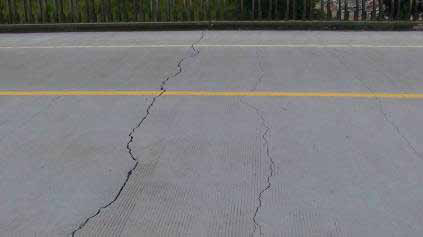
Sensors play a very important role in how humans understand the world. Eyes are sensors that are sensitive to light and ears are sensors sensitive to sound. Without such sensors we would not be able to see, hear and feel – drastically limiting our ability to interpret the world around us and respond to potential risks.
The human brain acts as a processor that helps translate the signals from the sensors, enabling us to create feelings, ideas, and memories. However, human sensors are constrained: we are unable to see x-rays with the naked eye or hear every sound frequency.
Computers, due to their powerful processors, have made it easier for millions of people to live their day-to-day lives. We physically interact with computers via artificial sensors such as the keyboard, mouse, and monitor.
Electronic sensors such as camera lenses and microphones that can ‘feel’ the environment have also been developed to enhance images and sound.
Our project seeks to create a sensor array that is very sensitive to strain. We use nanoparticles – which are spherical particles of nanometre scale – on a flexible substrate as the sensitive material: they operate as an equivalent to the human eardrum or eyeball.
These electronic sensors can observe even the slightest deformation on the surface of large structures such as buildings and bridges – relaying important information about whether any structural fatigue has been detected.
The sensors are able to spot the tiniest deformation, even if it cannot be seen when inspected with the human eye.
It means that the beginning of a crack formation can be detected immediately which could prevent a potentially catastrophic event, such as severe structural damage or collapse.
These strain sensor arrays, it is hoped, could be deployed on large structures, such as tall buildings, ships, aircraft, and railway tracks to help bolster public safety.